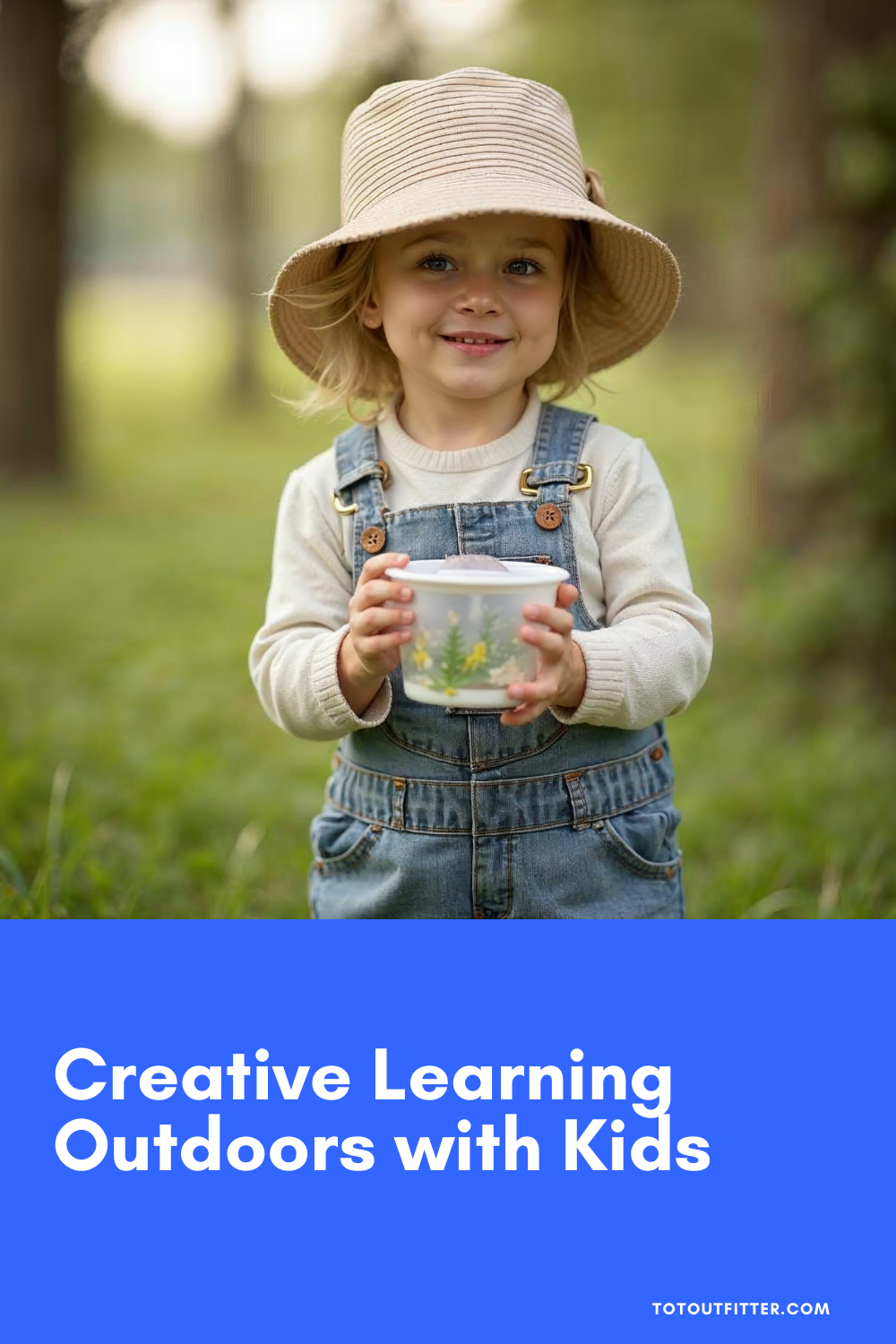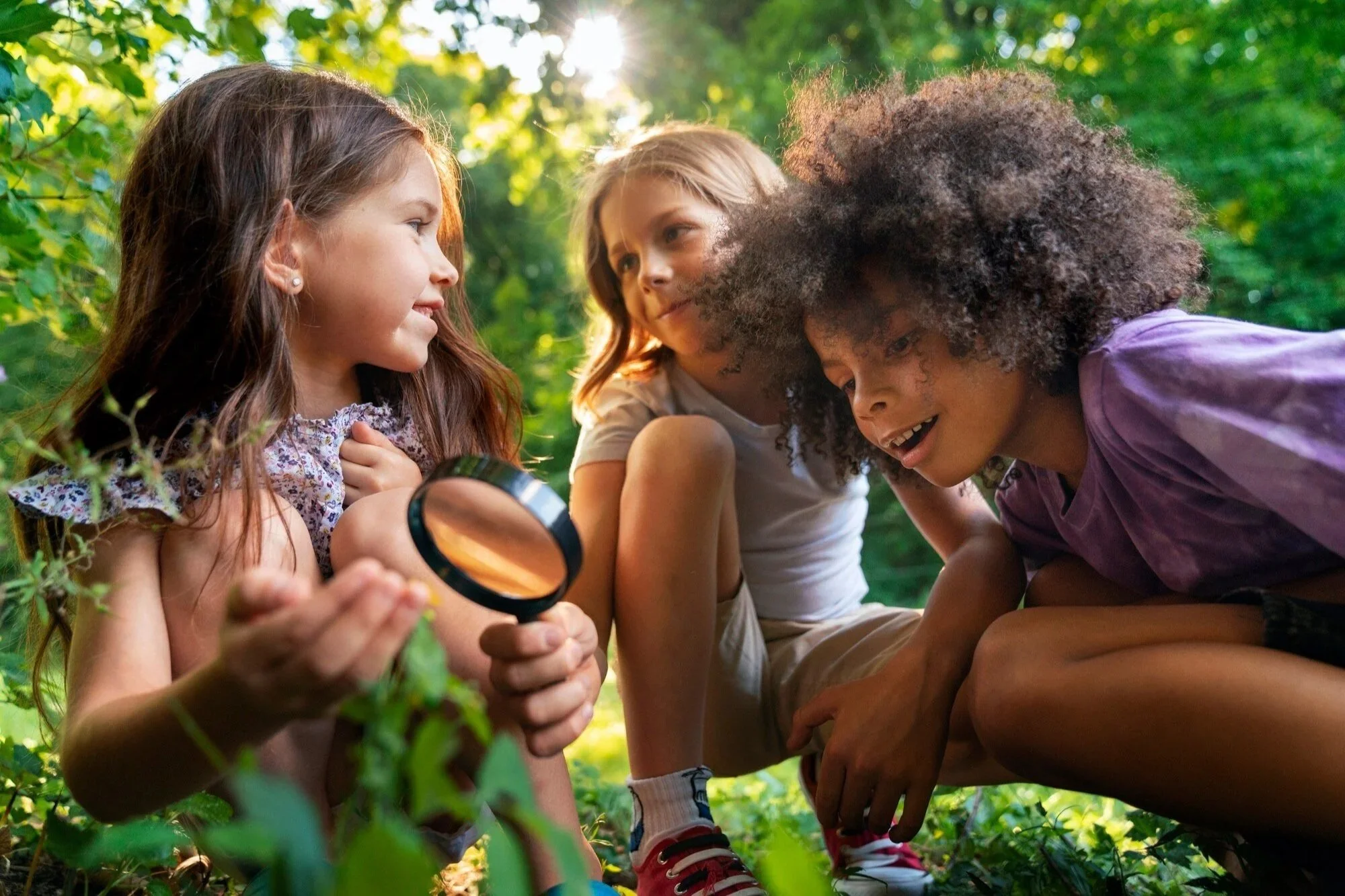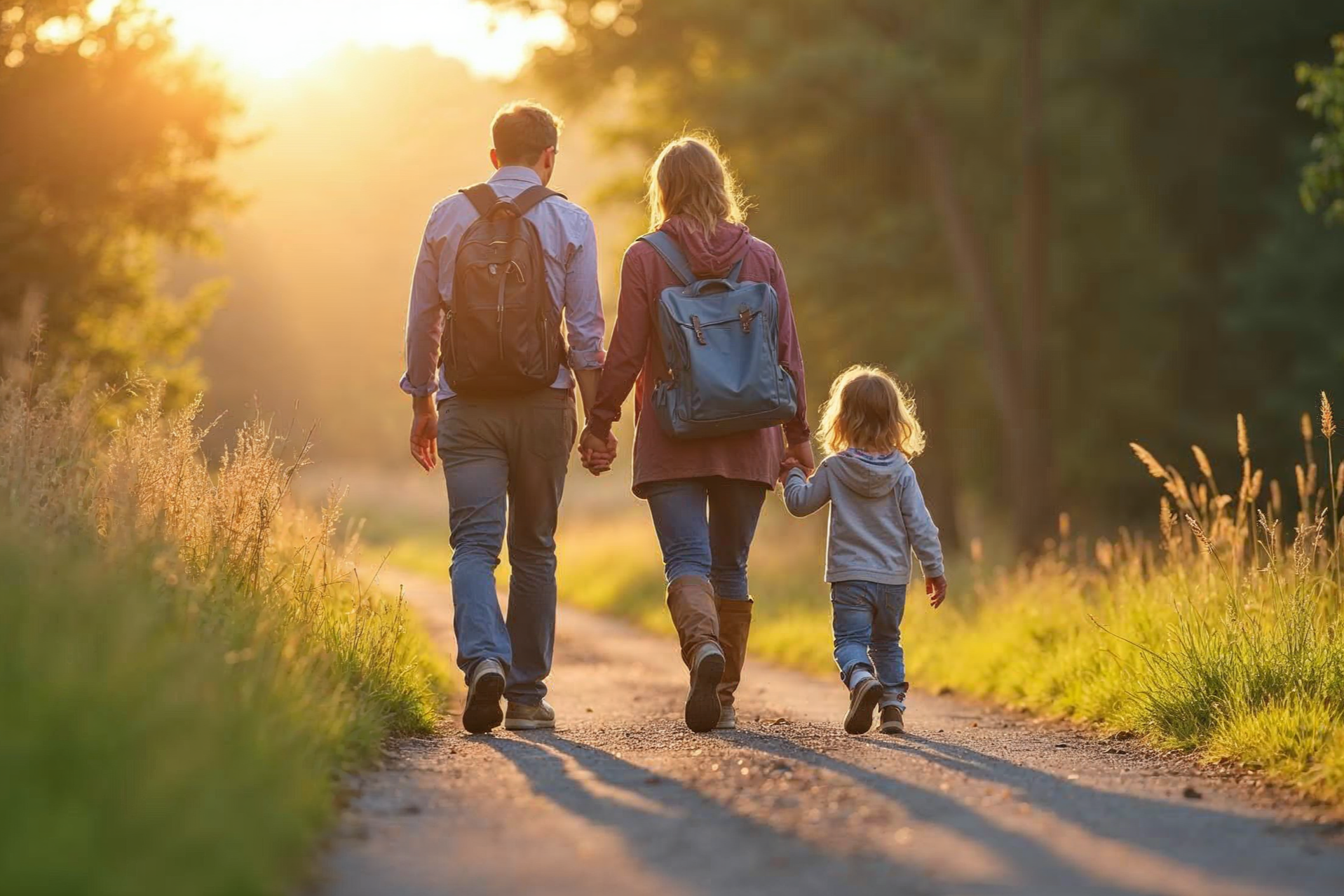Nature's Classroom: How to Enjoy Creative Learning Outdoors with Your Kids
Imagine a classroom without walls, where the sky is your ceiling and the earth is your floor. Welcome to the world of creative learning outdoors—an exciting blend of fun educational activities designed to make family time in nature both joyful and enriching. Whether you're searching for ways to spark curiosity or simply want to enjoy quality moments with your kids, nature offers endless opportunities for exploration and discovery. From scavenger hunts that teach about local wildlife to art projects inspired by the changing seasons, there are countless ways to engage in nature learning experiences that are as exhilarating as they are educational. So pack your bags and get ready for an adventure that will not only light up your child's imagination but also create cherished memories for the whole family!## Outdoor Family Activities for Creative Learning
Engaging in outdoor activities with your family can be a fantastic way to blend fun and education. Let's explore some exciting options that will spark creativity and curiosity in your children while enjoying the great outdoors.
Affiliate Disclosure: When you buy through links on our site, we may earn an affiliate commission at no cost to you.
Nature Scavenger Hunt Fun
Nature scavenger hunts are an excellent way to combine exploration, learning, and fun for the whole family. These activities encourage children to observe their surroundings closely and learn about different plants, animals, and natural objects.
To start, create a list of items for your kids to find, such as specific leaves, rocks, or animal tracks. You can use a pre-made scavenger hunt kit or create your own customized list based on your local environment.
Consider adding a competitive element by dividing into teams or setting a time limit. This can make the activity more exciting for older children. Remember to discuss the findings afterward, encouraging your kids to share what they learned about each item they discovered.
Art Projects with Natural Materials
Creating art with natural materials is a wonderful way to foster creativity and appreciation for nature. This activity allows children to express themselves artistically while learning about different textures, colors, and shapes found in the environment.
Start by collecting various natural materials like leaves, twigs, pebbles, and flowers. Encourage your kids to arrange these items into patterns or pictures on the ground. You can also bring along some paper and crayons for leaf rubbings or craft supplies to create more permanent artworks.
This activity not only sparks creativity but also teaches children about the diversity of natural materials and their properties. It's a great opportunity to discuss concepts like biodegradability and the importance of respecting nature by not damaging living plants.
Fun Educational Activities for Kids
Outdoor learning can be incredibly engaging for children. Let's explore some activities that combine education with the excitement of being in nature.
Storytelling Adventures in the Woods
Storytelling in nature can ignite a child's imagination while improving their language skills and creativity. This activity combines the magic of storytelling with the wonder of the natural world.
Begin by choosing a scenic spot in the woods or a park. Encourage your children to observe their surroundings and use elements they see as inspiration for a story. You can start with a prompt like, "Once upon a time, in this very forest..."
Take turns adding to the story, incorporating natural elements you encounter. This not only enhances creativity but also sharpens observation skills. For younger children, you might want to bring along a camping-themed storybook to read together in nature.
Remember to discuss the story afterward, asking questions about the characters and plot to enhance comprehension and critical thinking skills.
Science Experiments in the Backyard
Your backyard can be a perfect laboratory for simple yet fascinating science experiments. These hands-on activities can help children understand scientific concepts while having fun outdoors.
Start with easy experiments like observing plant growth. Plant seeds in clear containers and watch roots develop. This teaches about plant life cycles and the importance of sunlight and water.
For older kids, try more complex experiments like creating a mini ecosystem in a jar or studying insect behavior with a bug catcher kit. These activities can introduce concepts like biodiversity and environmental science.
Remember to always supervise experiments and discuss the results, encouraging your children to form hypotheses and draw conclusions.
Family Time in Nature
Spending quality time in nature as a family can strengthen bonds and create lasting memories. Let's explore some ways to make the most of your outdoor adventures.
Building a DIY Outdoor Classroom
Creating an outdoor classroom in your backyard or a nearby park can provide a dedicated space for nature-based learning. This project not only results in a fun learning environment but also teaches children about planning and construction.
Start by choosing a suitable location that's safe and easily accessible. Involve your kids in designing the space, considering elements like seating areas, a nature display table, and a weather station.
Use natural materials where possible, such as logs for seating or a large flat stone as a 'blackboard'. Add educational tools like binoculars or magnifying glasses to enhance exploration.
Remember to make the space flexible so it can be used for various activities, from art projects to science experiments.
Planning Nature Learning Experiences
Organizing regular nature learning experiences can help maintain your family's connection with the outdoors and ensure consistent educational opportunities.
Start by researching local parks, nature reserves, or botanical gardens. Plan visits that align with what your children are learning in school or topics they're interested in.
Consider seasonal activities like leaf peeping in fall or water play in summer. These can teach about changing seasons and different ecosystems.
Don't forget to prepare educational materials beforehand, such as identification guides or activity sheets. This can help focus the learning experience and make it more engaging for children.
Remember, the goal is to make learning fun and interactive. Let your children's curiosity guide the experience, and be ready to answer questions or look up information together.
Disclaimer: The information presented is purely to share our experience and for entertainment purposes. Tot Outfitters assumes no legal liability for the accuracy, completeness, or usefulness of any information, apparatus, product or process disclosed on this website or linked to this website. The author and Tot Outfitters disclaim liability for any damage, mishap, or injury that may occur from engaging in any activities or ideas from this site.



